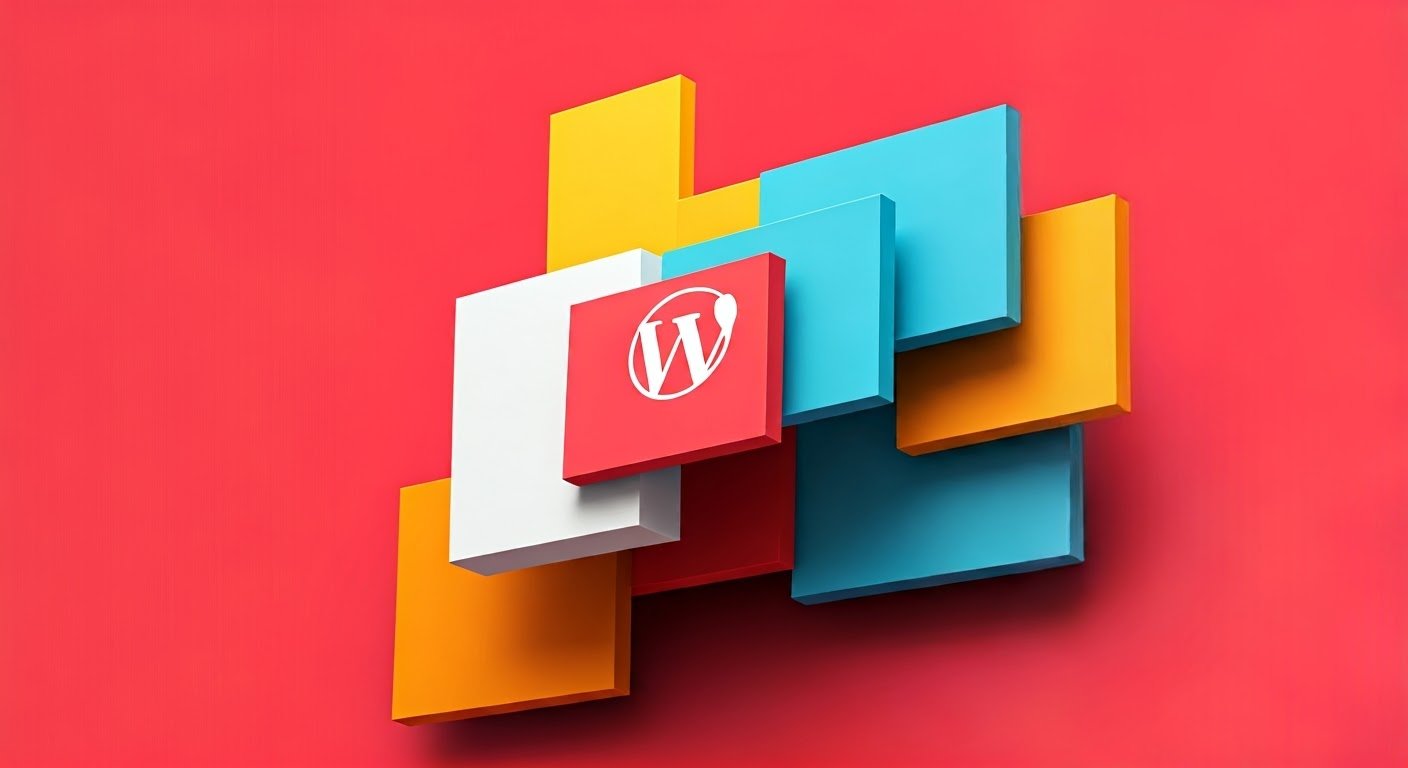WordPress has revolutionized the way we approach web design, empowering both beginners and seasoned developers to create stunning and fully functional websites. With its user-friendly interface, robust features, and unparalleled flexibility, WordPress remains the most popular content management system (CMS), powering over 40% of all websites worldwide.
In this comprehensive guide, we will explore the essentials of WordPress web design, from choosing the right hosting platform to implementing advanced customizations. Whether you're building a personal blog, an online store, or a corporate website, this article will equip you with the knowledge to create a professional and user-friendly website.
1. Why Choose WordPress for Web Design?
Before diving into the technical aspects, it's essential to understand why WordPress stands out among other website-building platforms. Here are some compelling reasons:
- Ease of Use: WordPress offers an intuitive dashboard, making it accessible for beginners.
- Customizability: With thousands of themes and plugins, you can tailor your website to fit your unique needs.
- SEO-Friendly: WordPress is designed with search engine optimization (SEO) in mind, ensuring your website ranks well on search engines.
- Scalability: WordPress can handle websites of all sizes, from small blogs to large enterprise sites.
- Community Support: The extensive WordPress community ensures that help is always available.
2. Choosing the Right Hosting Provider
Your website's performance and reliability heavily depend on your hosting provider. When selecting a hosting service for your WordPress website, consider the following factors:
- Speed: Opt for a hosting provider with fast server response times.
- Uptime Guarantee: Look for a provider that offers at least 99.9% uptime.
- Security: Ensure the host provides robust security measures, such as SSL certificates and regular backups.
- Scalability: Choose a host that can accommodate your website's growth.
Popular WordPress hosting providers include Bluehost, SiteGround, and WP Engine.
3. Installing WordPress
Most hosting providers offer one-click WordPress installation, simplifying the setup process. Here are the basic steps:
- Log in to your hosting account.
- Locate the WordPress installation tool.
- Follow the prompts to install WordPress.
- Access your WordPress dashboard at yourdomain.com/wp-admin.
4. Selecting the Perfect Theme
A theme determines your website's overall appearance and layout. WordPress offers thousands of free and premium themes. To choose the right one:
- Define Your Purpose: Select a theme that aligns with your website's goals.
- Prioritize Responsiveness: Ensure the theme is mobile-friendly.
- Check Reviews: Read user feedback to gauge the theme's reliability.
- Test Customization Options: Look for themes with easy-to-use customization tools.
Popular marketplaces for premium themes include ThemeForest, Elegant Themes, and StudioPress.
5. Customizing Your WordPress Theme
Once you've chosen a theme, customize it to match your branding. Use the WordPress Customizer to adjust:
- Colors and Fonts: Reflect your brand identity.
- Header and Footer: Add menus, social media links, and contact information.
- Homepage Layout: Design a welcoming and informative landing page.
For advanced customization, consider using a page builder plugin like Elementor, Divi, or Beaver Builder.
6. Installing Essential Plugins
Plugins enhance your website’s functionality. While there are over 60,000 plugins in the WordPress repository, here are the must-haves:
- SEO: Yoast SEO or Rank Math.
- Security: Wordfence or Sucuri.
- Performance: WP Rocket or W3 Total Cache.
- Backups: UpdraftPlus or BackupBuddy.
- Contact Forms: WPForms or Contact Form 7.
- E-commerce: WooCommerce for online stores.
7. Creating High-Quality Content
Content is the backbone of any successful website. To attract and engage visitors:
- Define Your Audience: Tailor your content to your target audience.
- Use Visuals: Incorporate images, videos, and infographics to enhance readability.
- Optimize for SEO: Use keywords strategically, create meta descriptions, and ensure proper formatting.
- Update Regularly: Publish fresh content to keep visitors coming back.
8. Ensuring Mobile Responsiveness
With over half of web traffic coming from mobile devices, responsiveness is crucial. Test your website on various screen sizes using tools like Google’s Mobile-Friendly Test. Adjust elements like:
- Font sizes
- Button placement
- Image scaling
9. Optimizing Website Performance
A slow website can deter visitors. Improve performance with these tips:
- Enable Caching: Use a caching plugin to speed up loading times.
- Compress Images: Use tools like Smush or TinyPNG.
- Minimize CSS and JavaScript: Reduce file sizes with a plugin like Autoptimize.
- Choose a Content Delivery Network (CDN): Distribute content globally for faster access.
10. Implementing Security Best Practices
Protect your website from potential threats by:
- Using strong, unique passwords.
- Keeping WordPress, themes, and plugins up-to-date.
- Installing a firewall plugin.
- Regularly backing up your website.
11. Setting Up Analytics
Track your website’s performance with tools like Google Analytics or MonsterInsights. Monitor metrics such as:
- Traffic sources
- Bounce rates
- Conversion rates
- User behavior
12. Launching and Promoting Your Website
Once your website is ready, launch it with confidence:
- Announce your launch on social media.
- Submit your sitemap to search engines.
- Engage in email marketing.
- Collaborate with influencers or other websites for backlinks.
13. Regular Maintenance
Keep your website running smoothly by:
- Updating WordPress core, themes, and plugins.
- Monitoring uptime and performance.
- Checking for broken links.
- Reviewing analytics to refine your strategy.
14. Advanced Customizations
For those looking to go beyond basic design, explore advanced customizations such as:
- Custom CSS: Modify styles for unique designs.
- Custom Post Types: Organize content with plugins like Custom Post Type UI.
- Advanced Functionality: Add features using custom code or hiring a developer.
Conclusion
WordPress web design is a rewarding process that enables you to create websites that are both beautiful and functional. By following this guide, you can design a website that meets your goals and provides an exceptional user experience. Remember, success in web design lies in continuous learning and adaptation. Embrace the ever-evolving WordPress ecosystem, and your website will thrive in the digital world.
You can Hire me through Upwork


